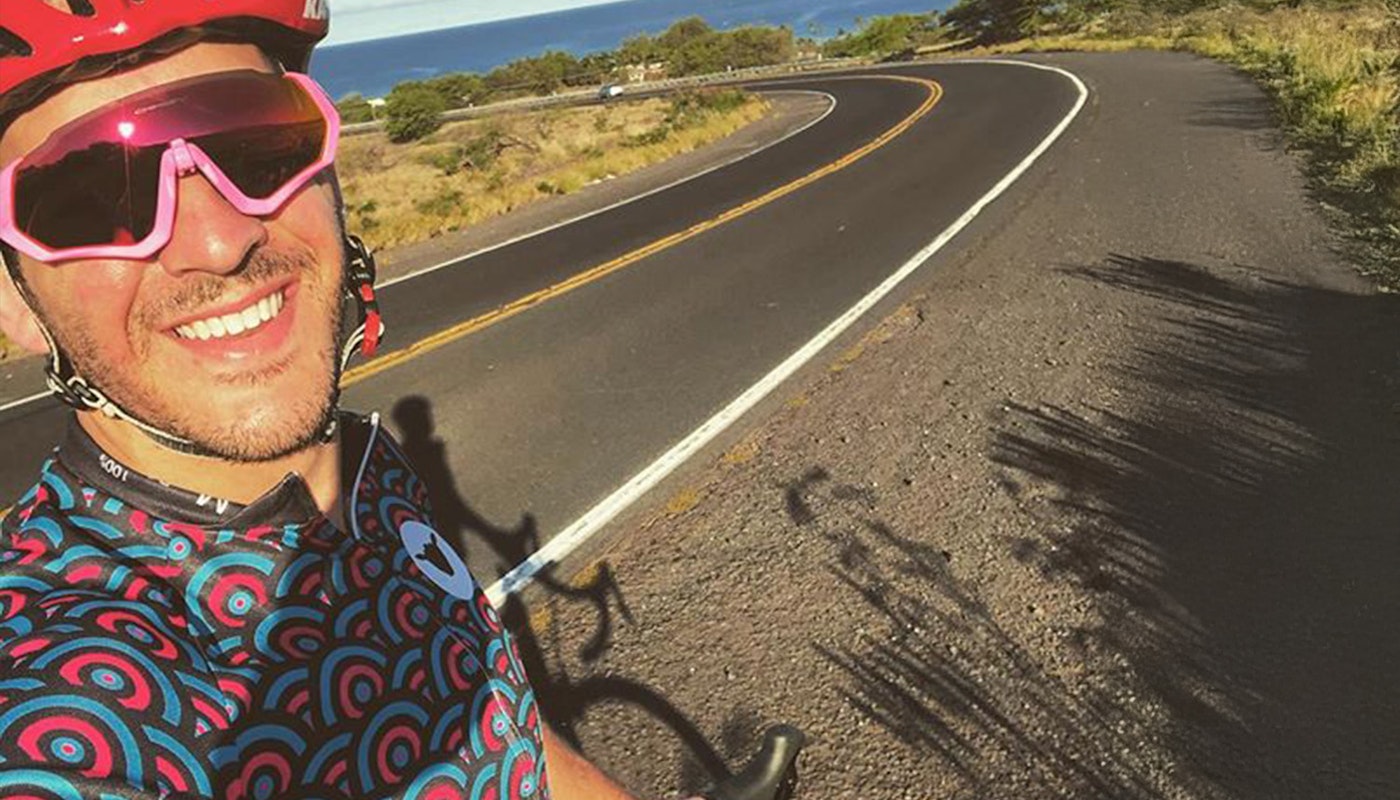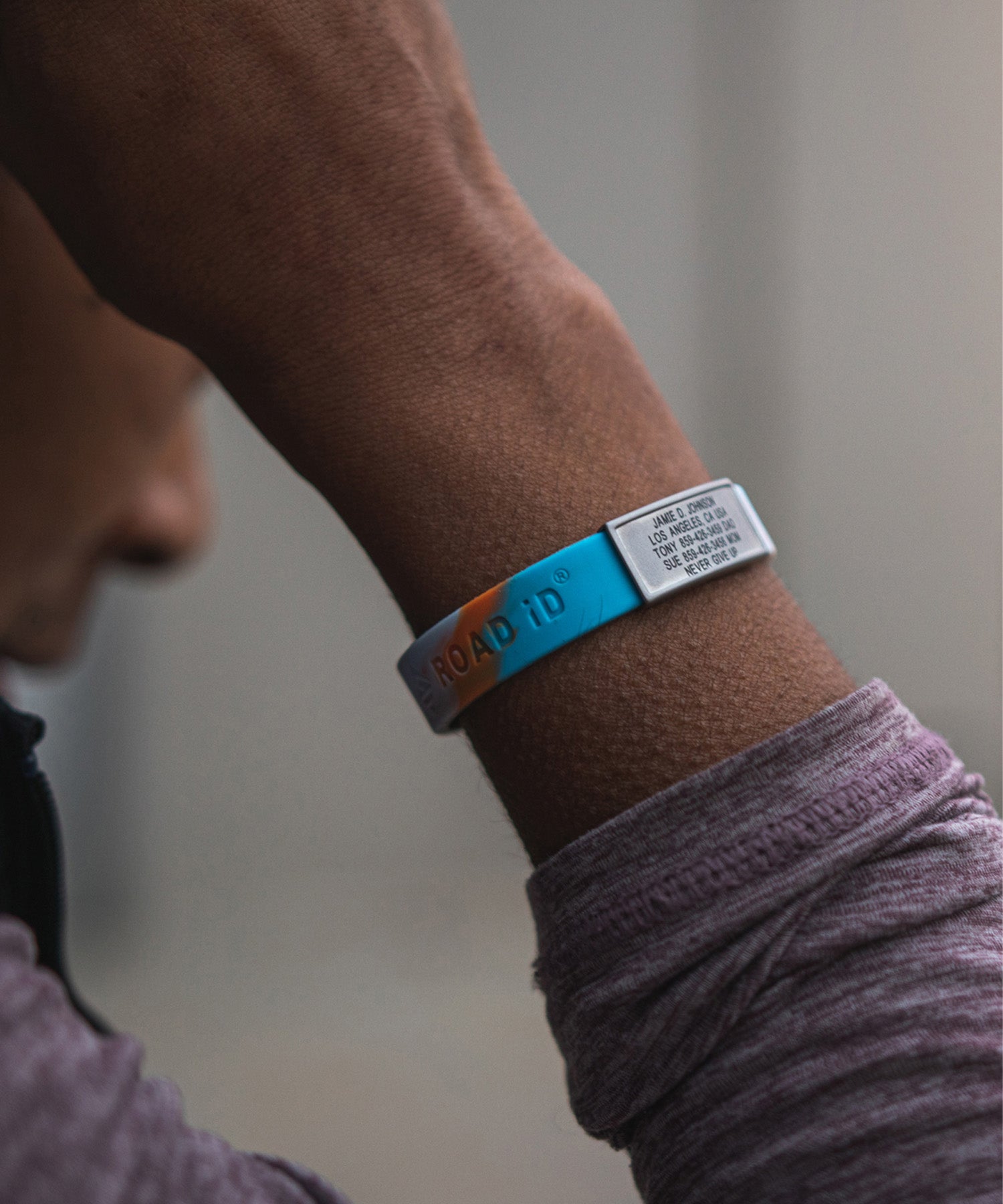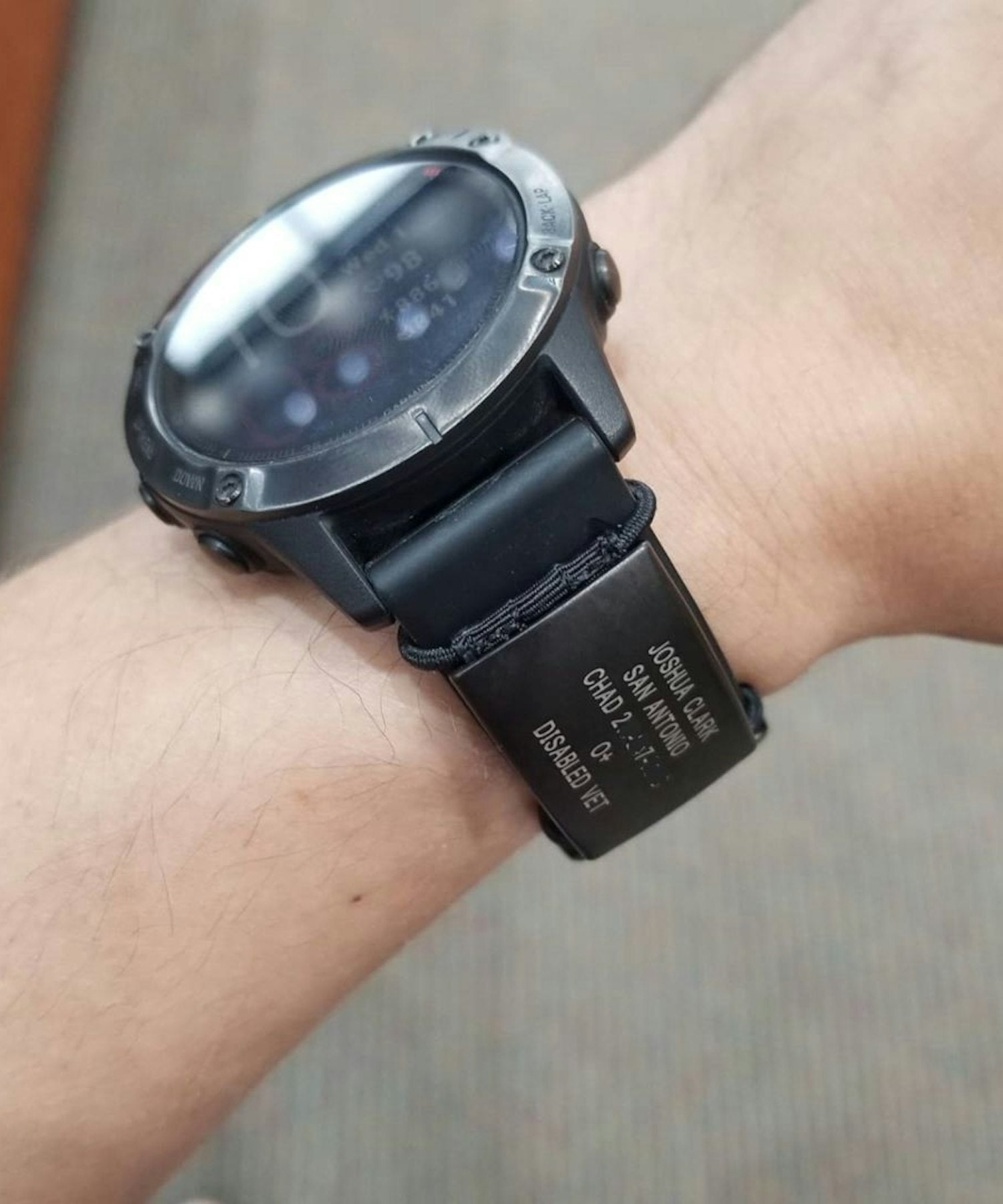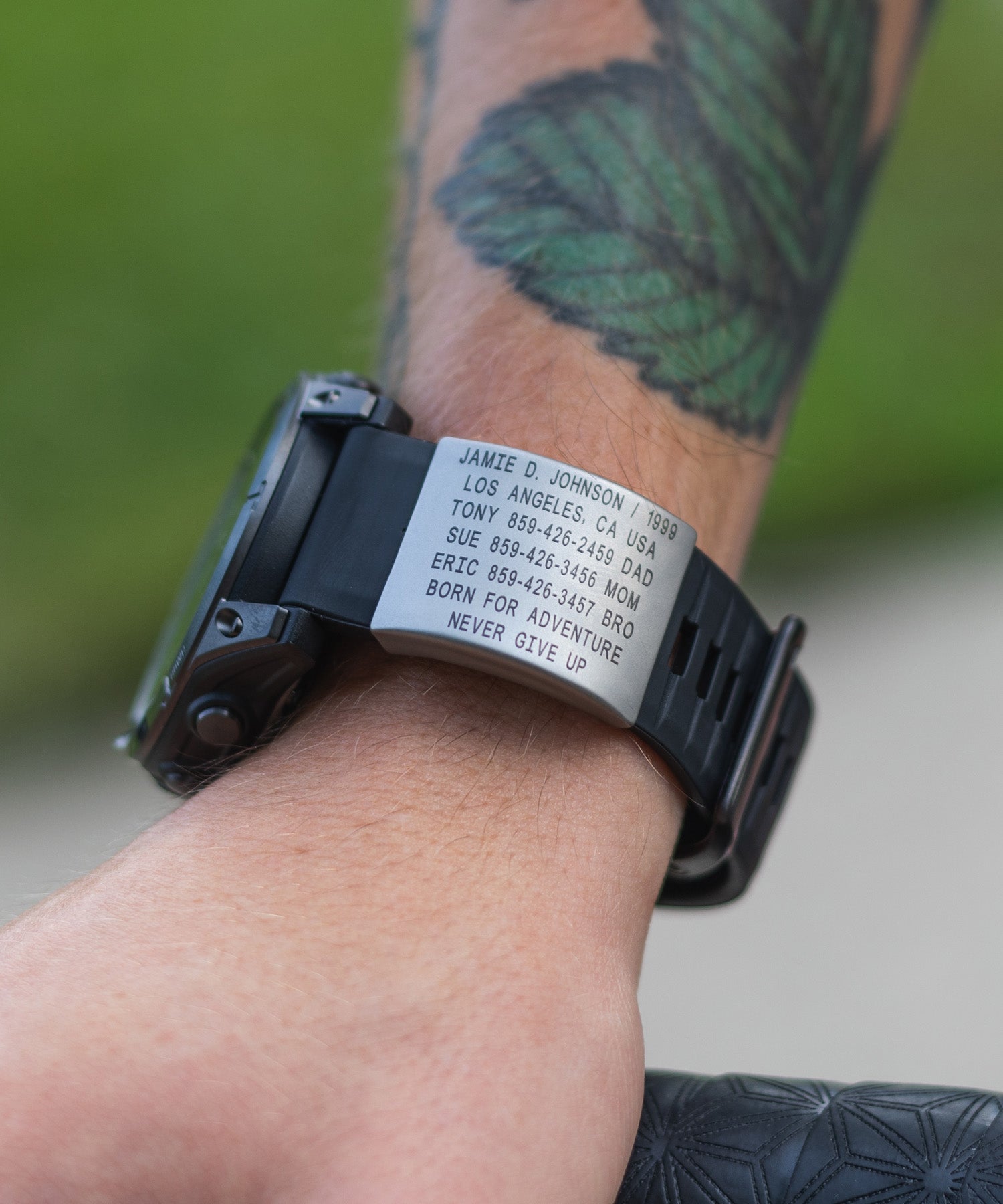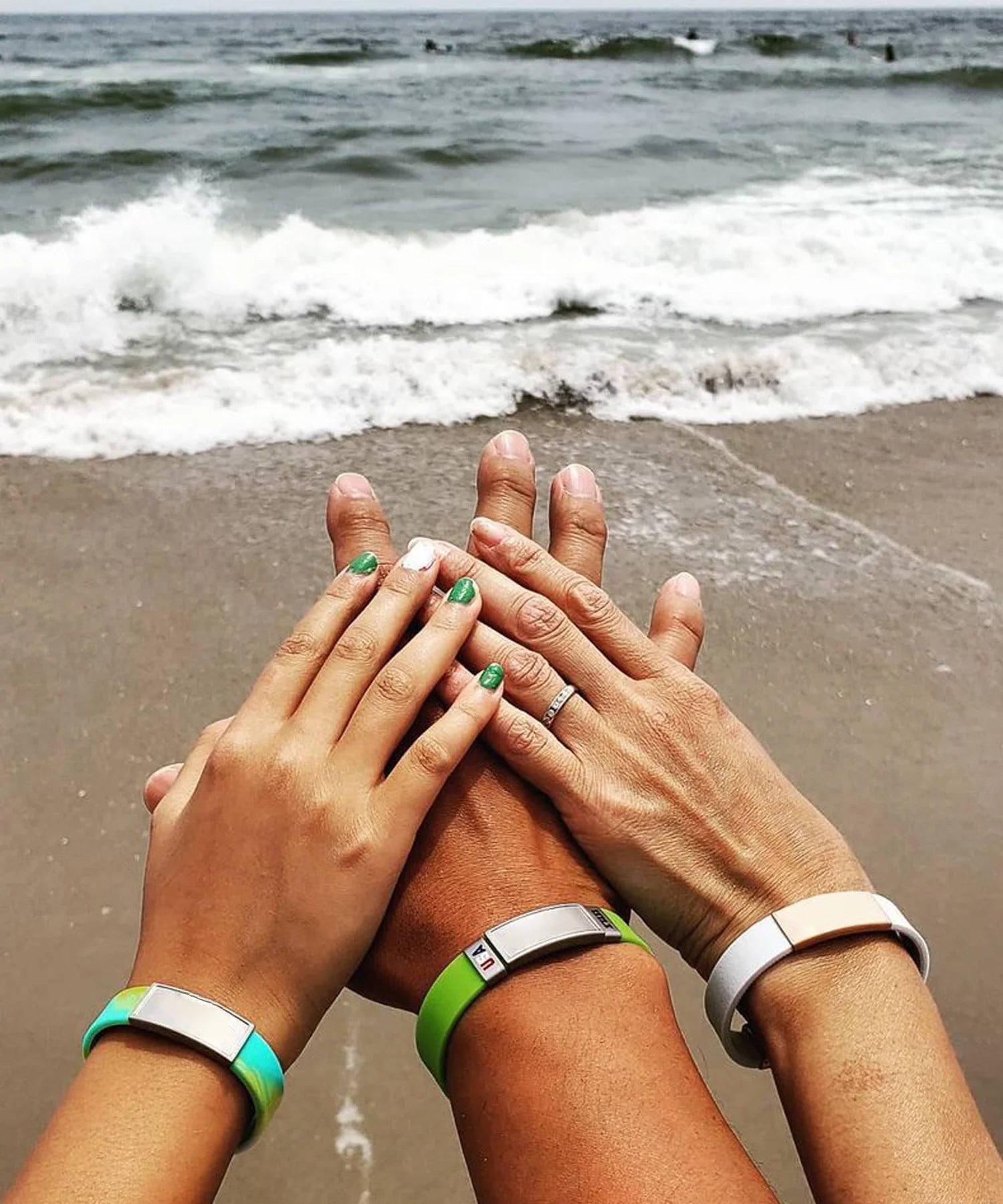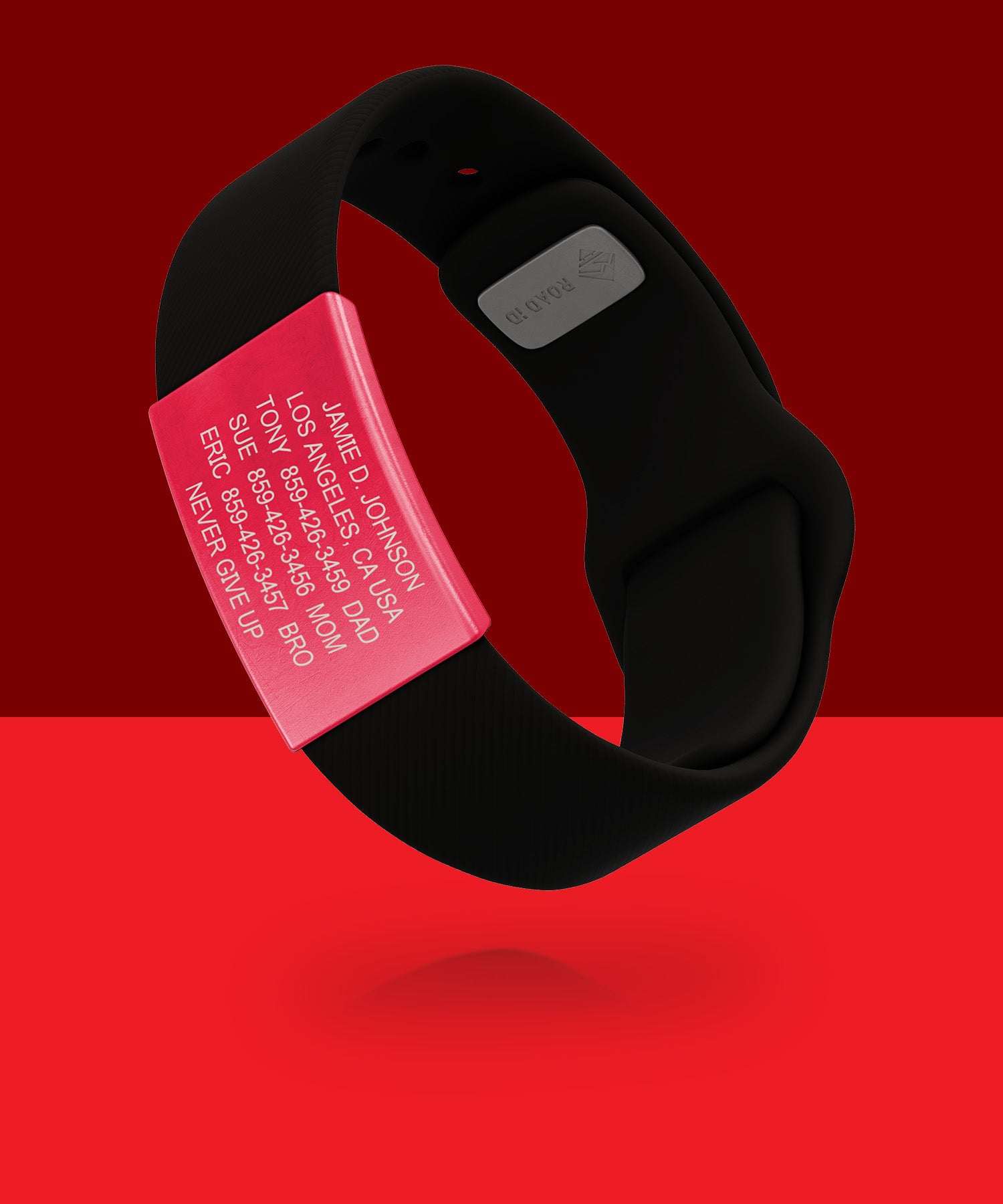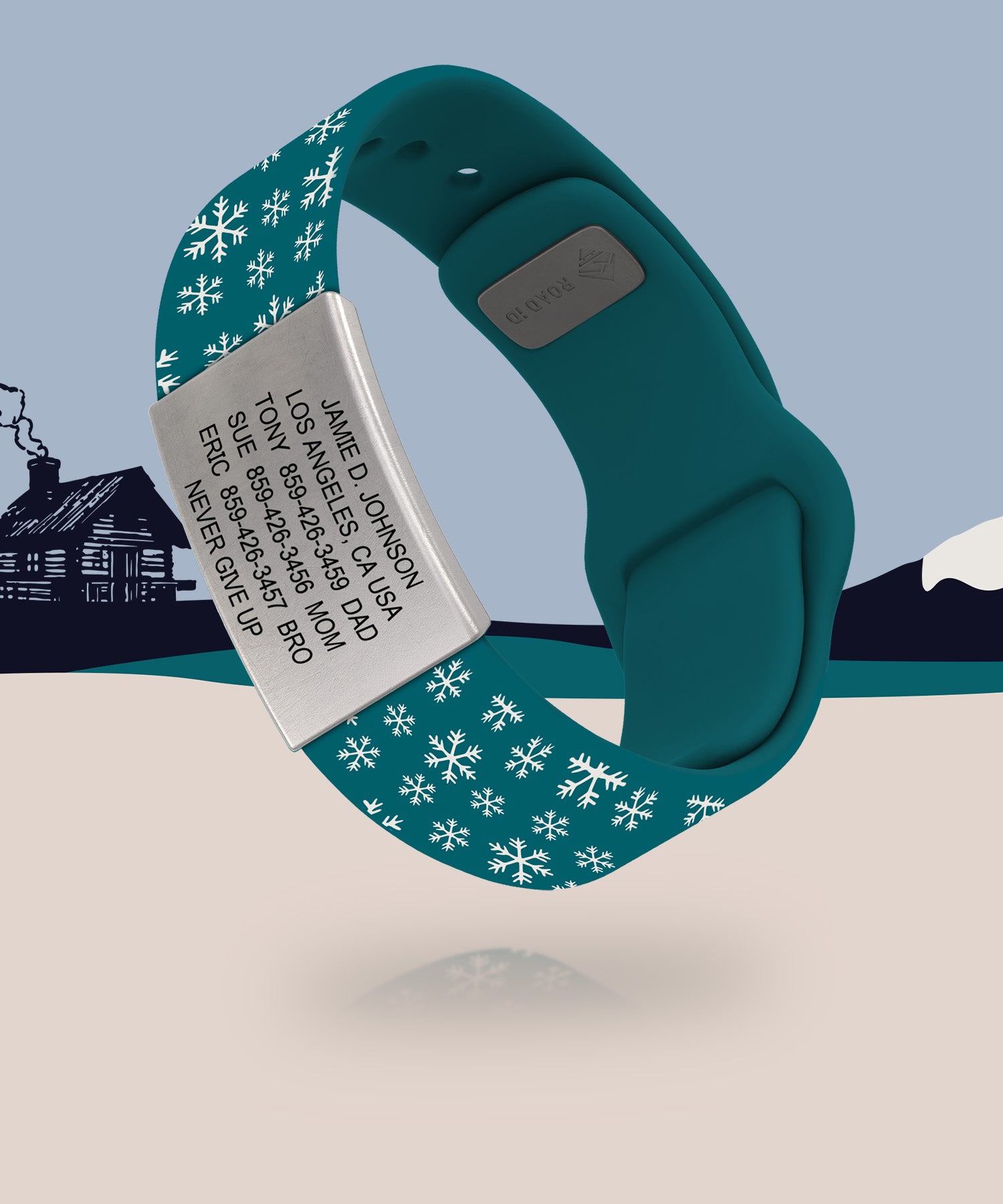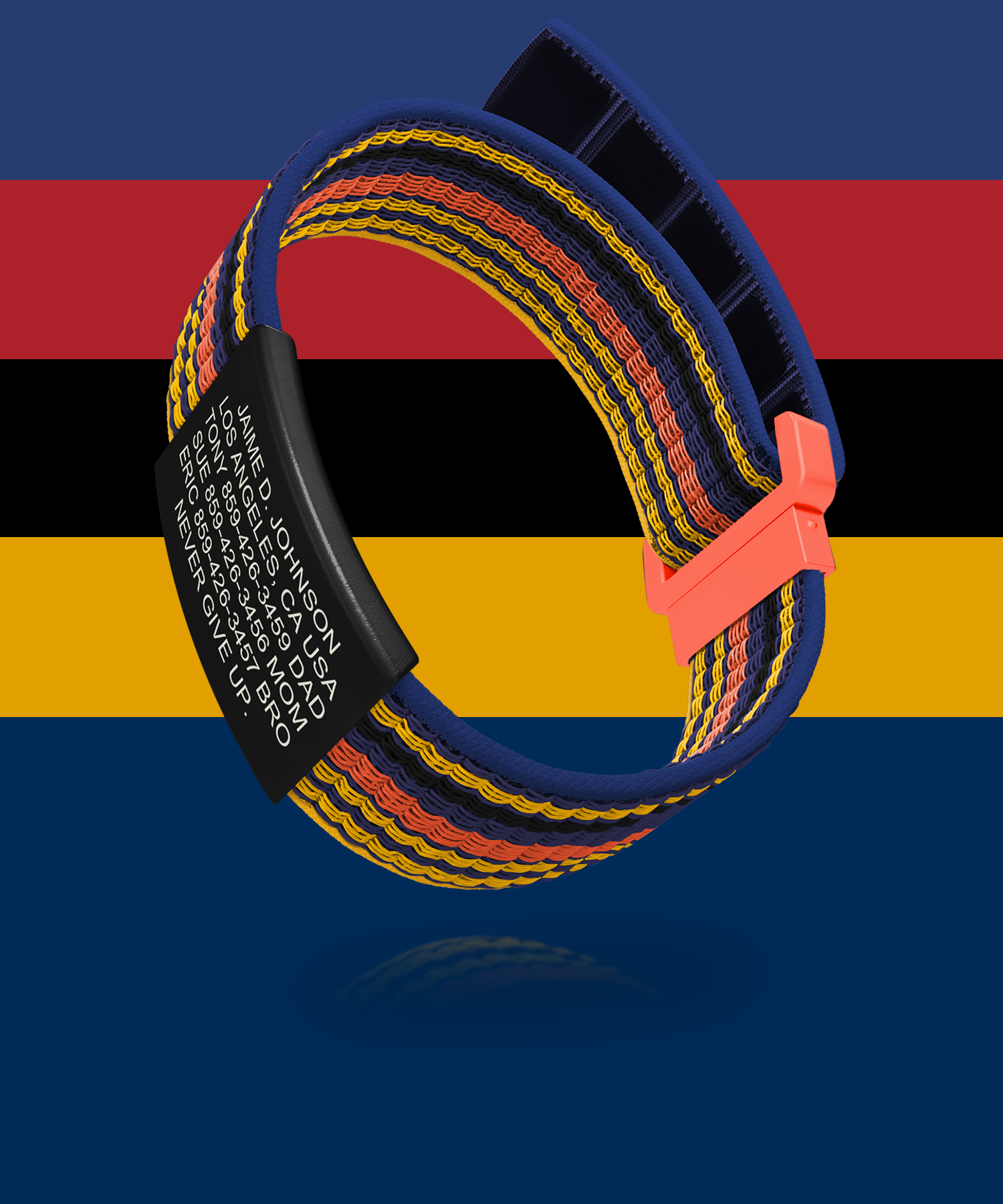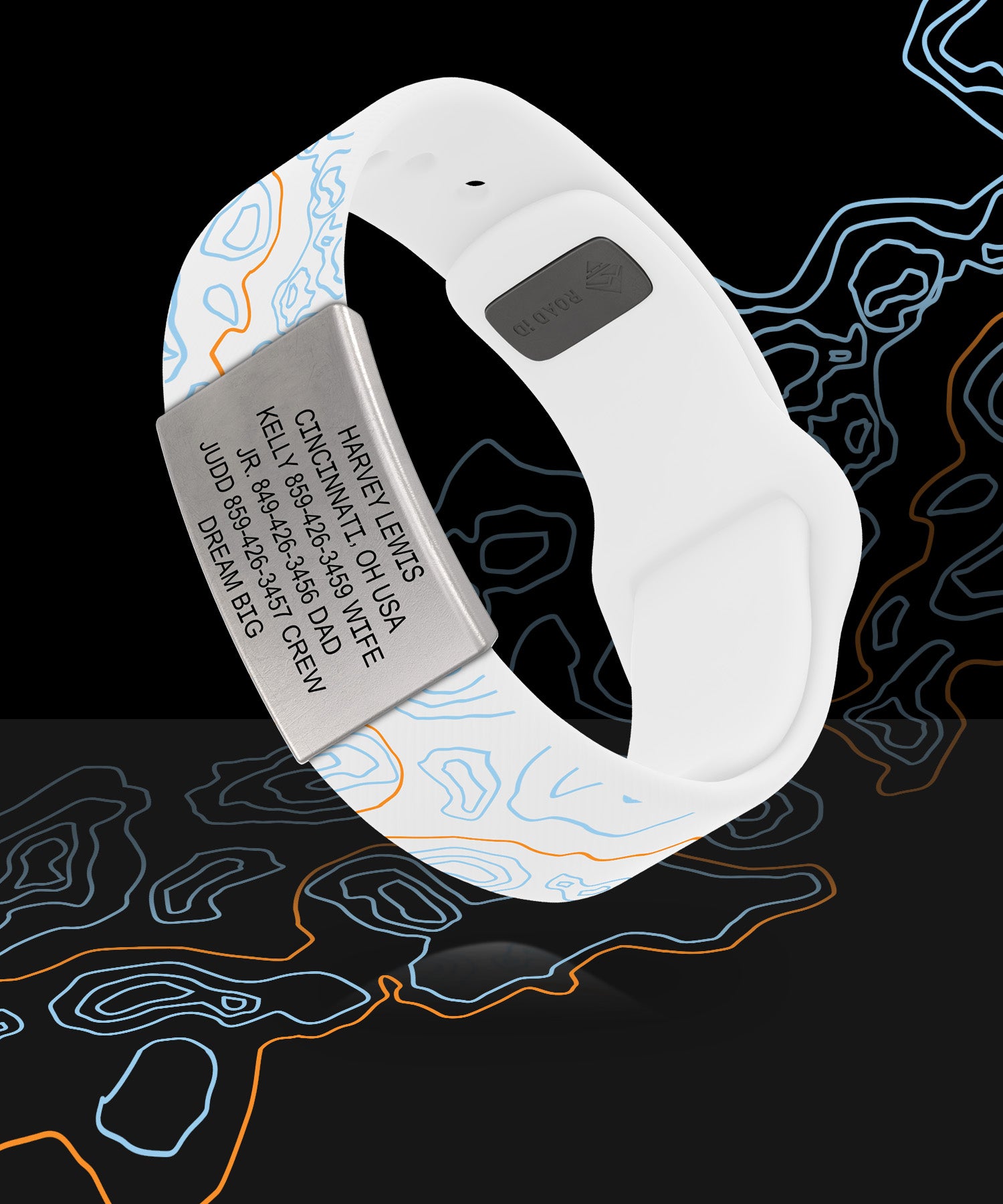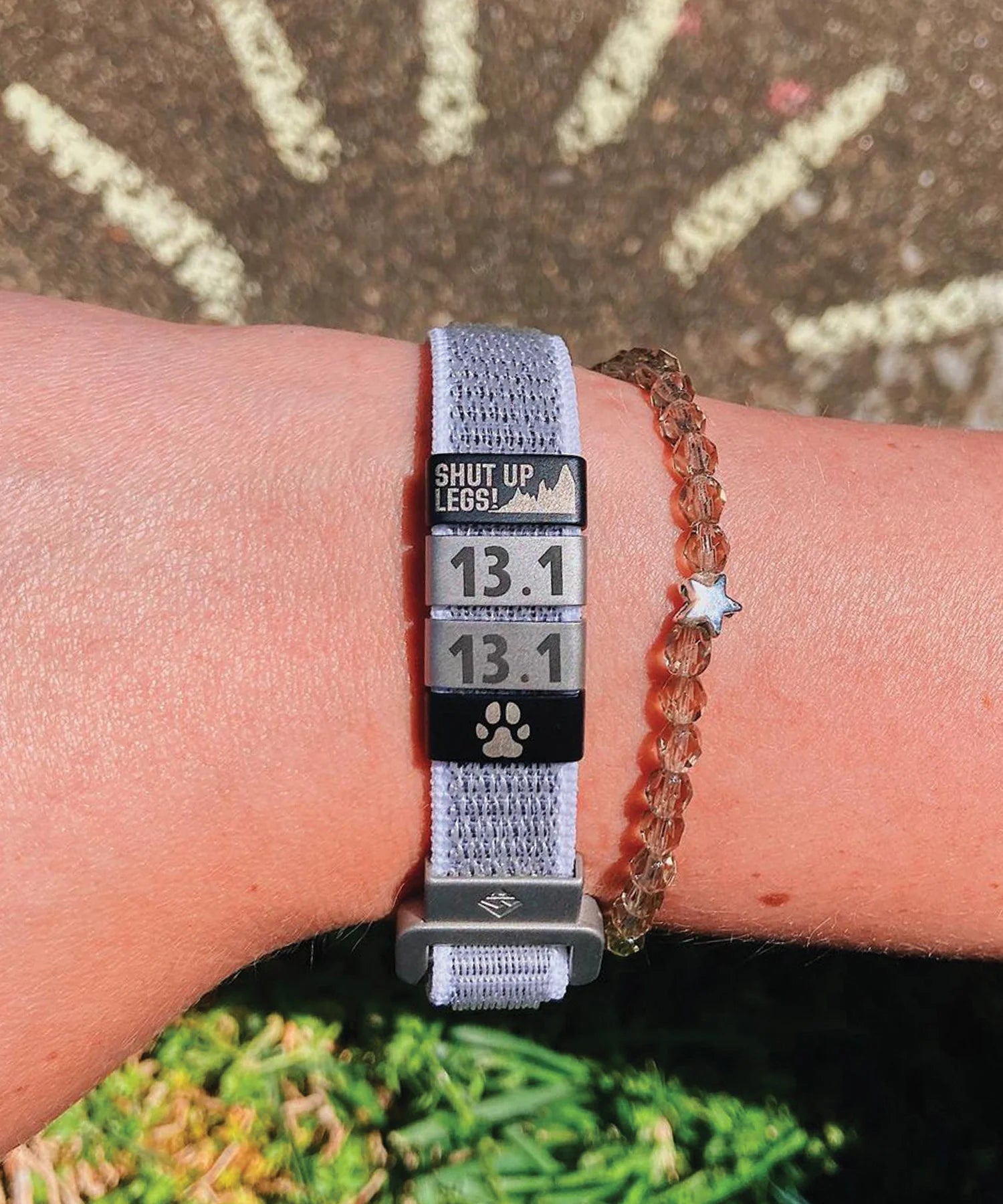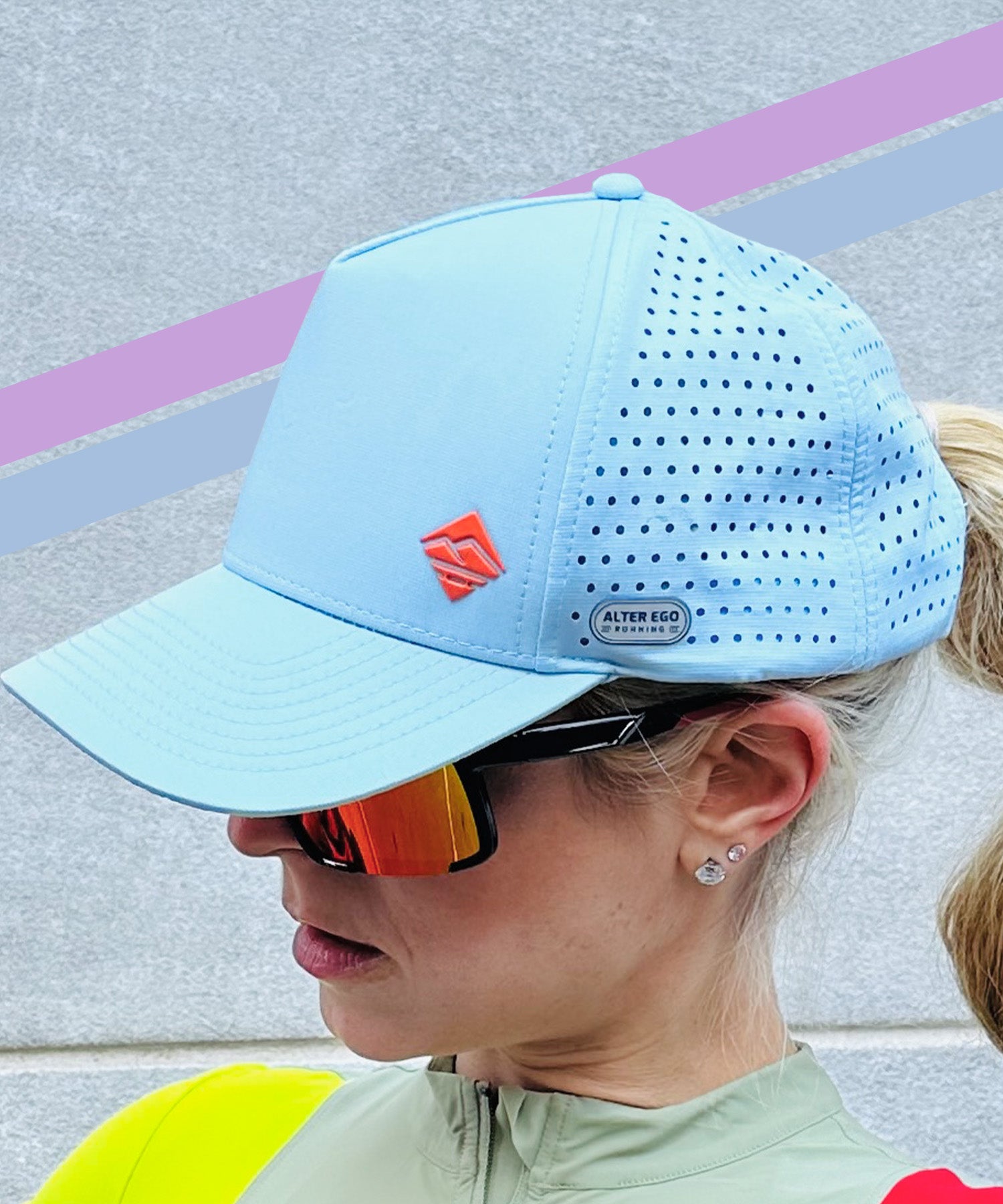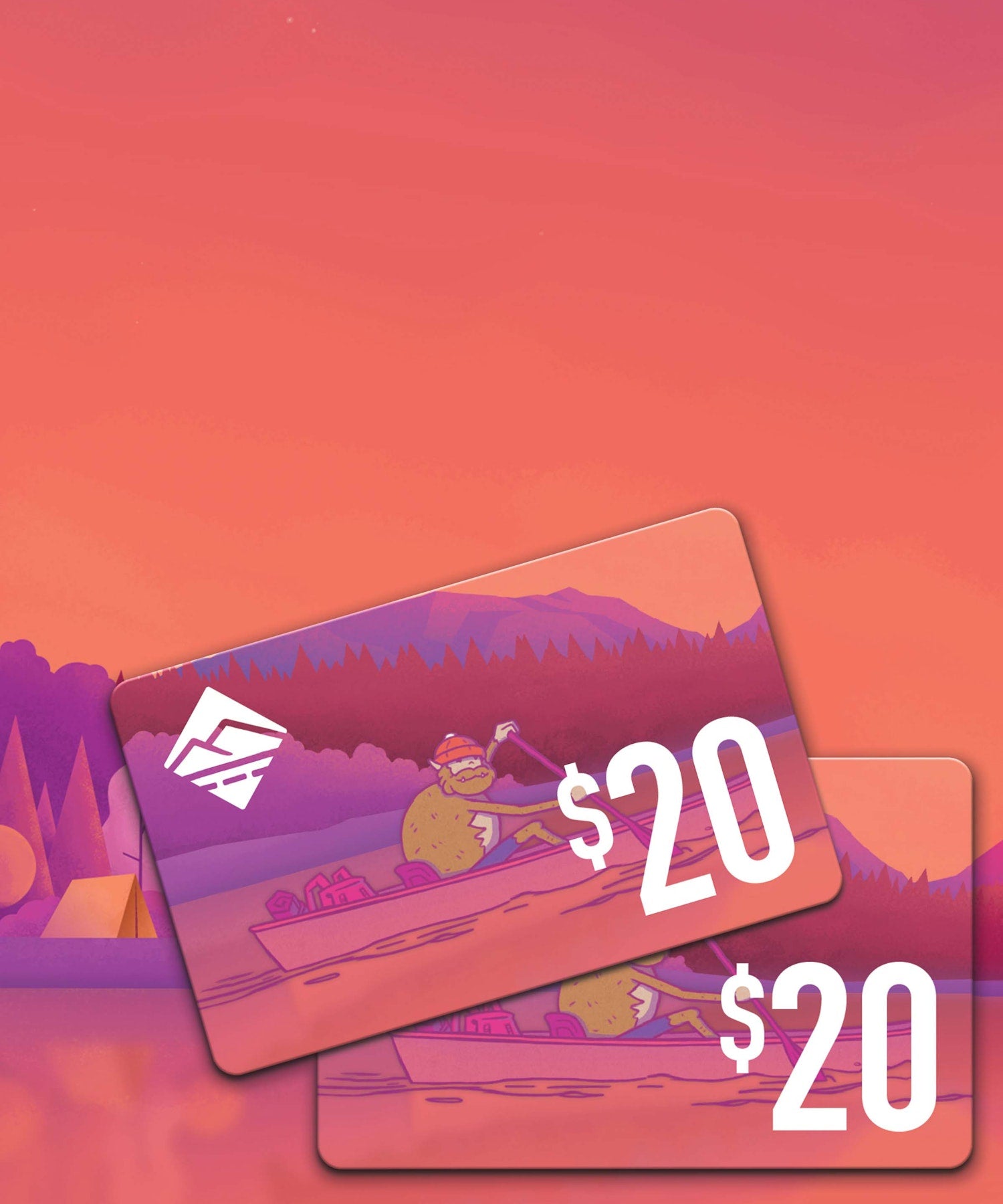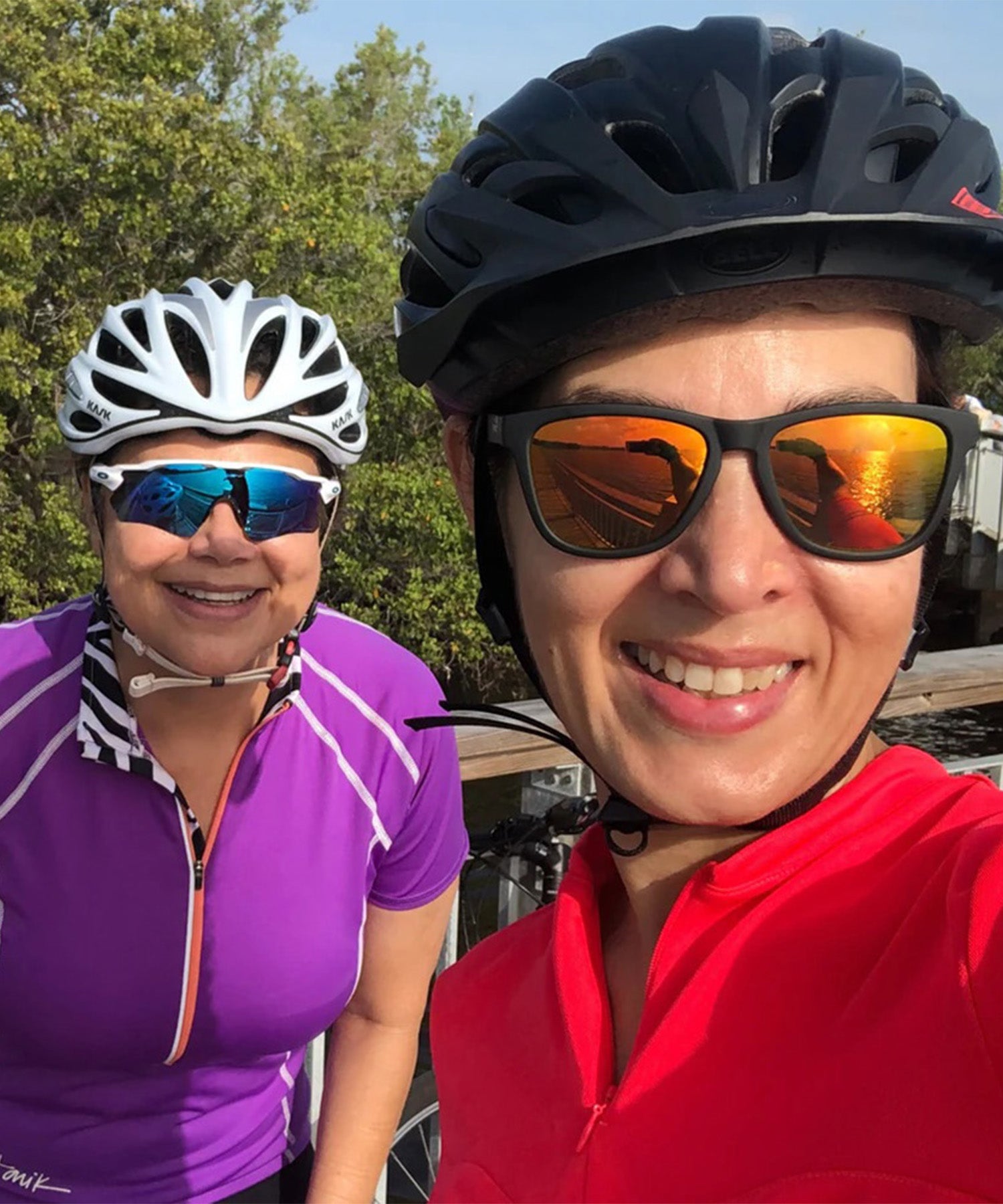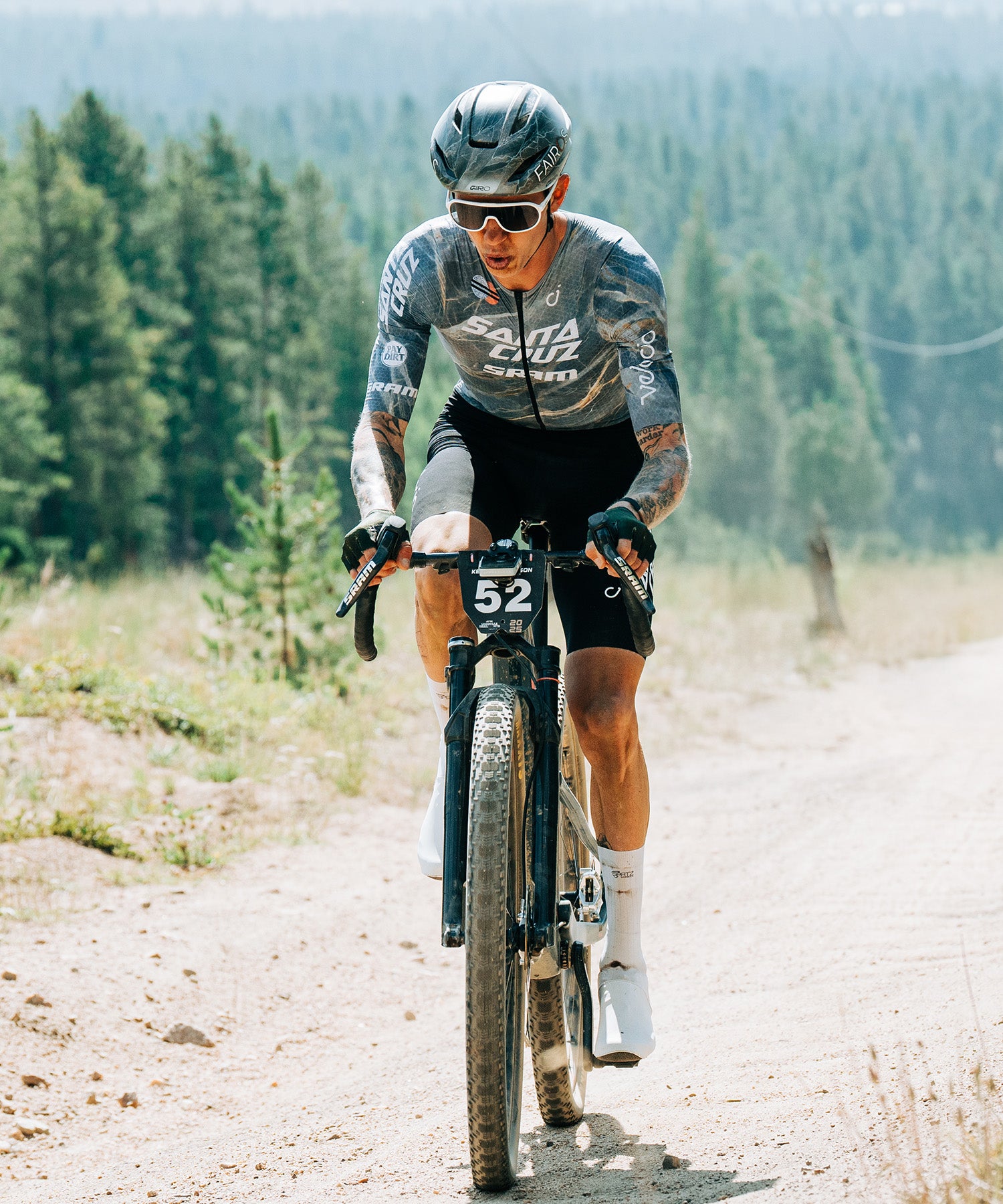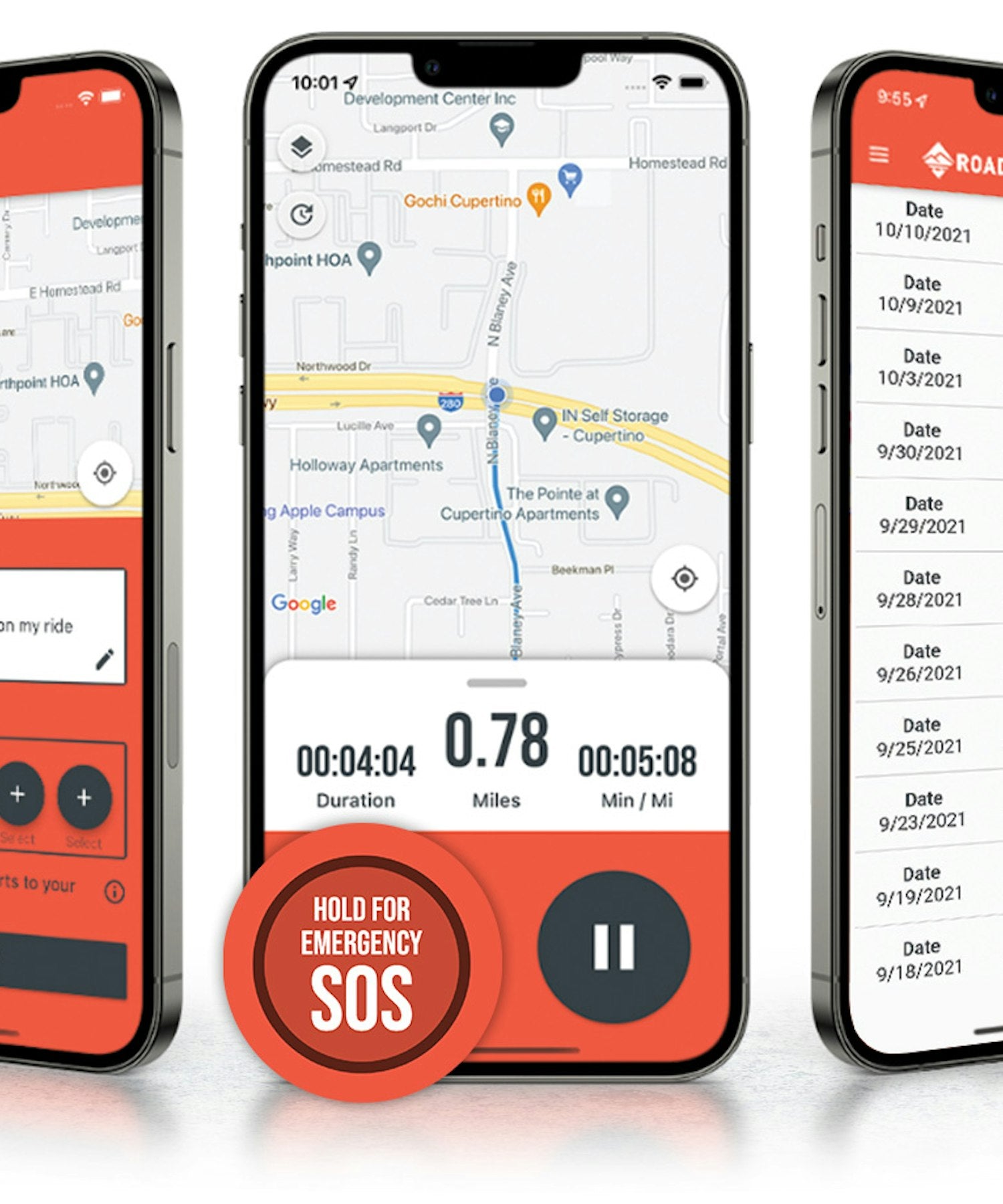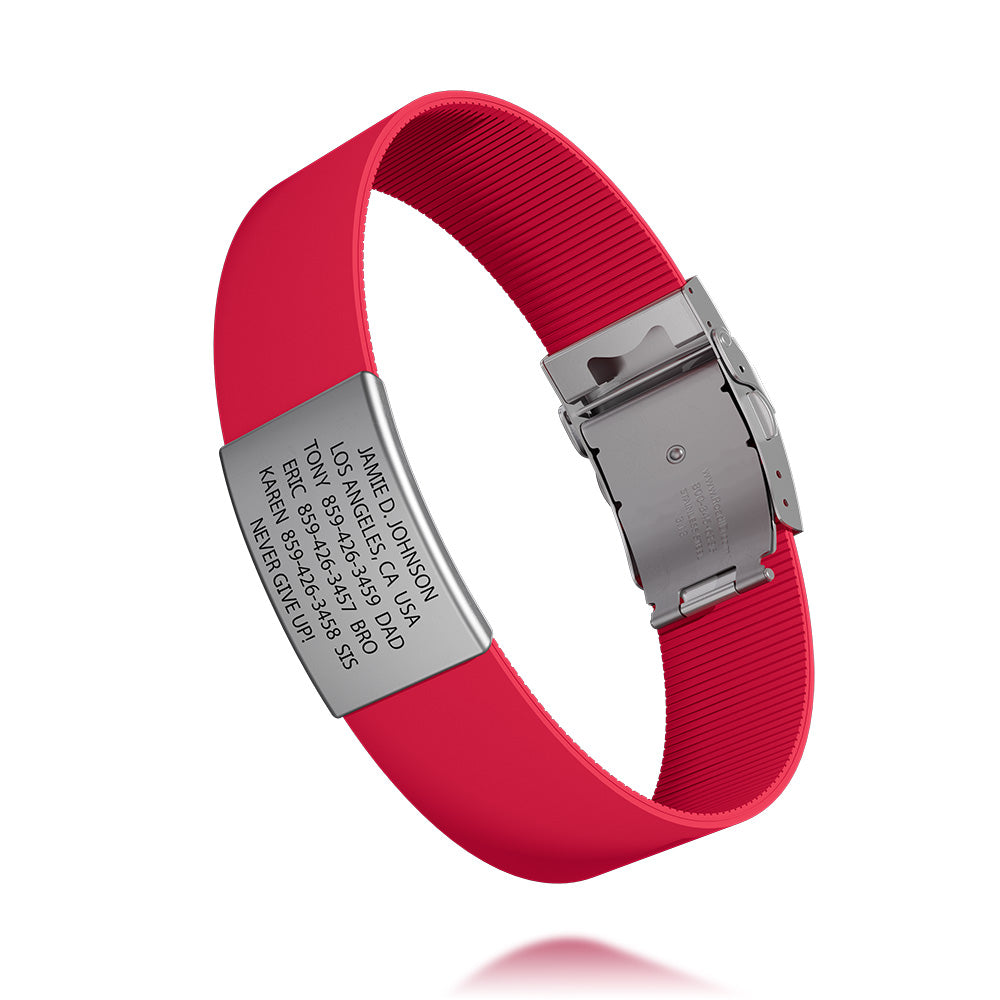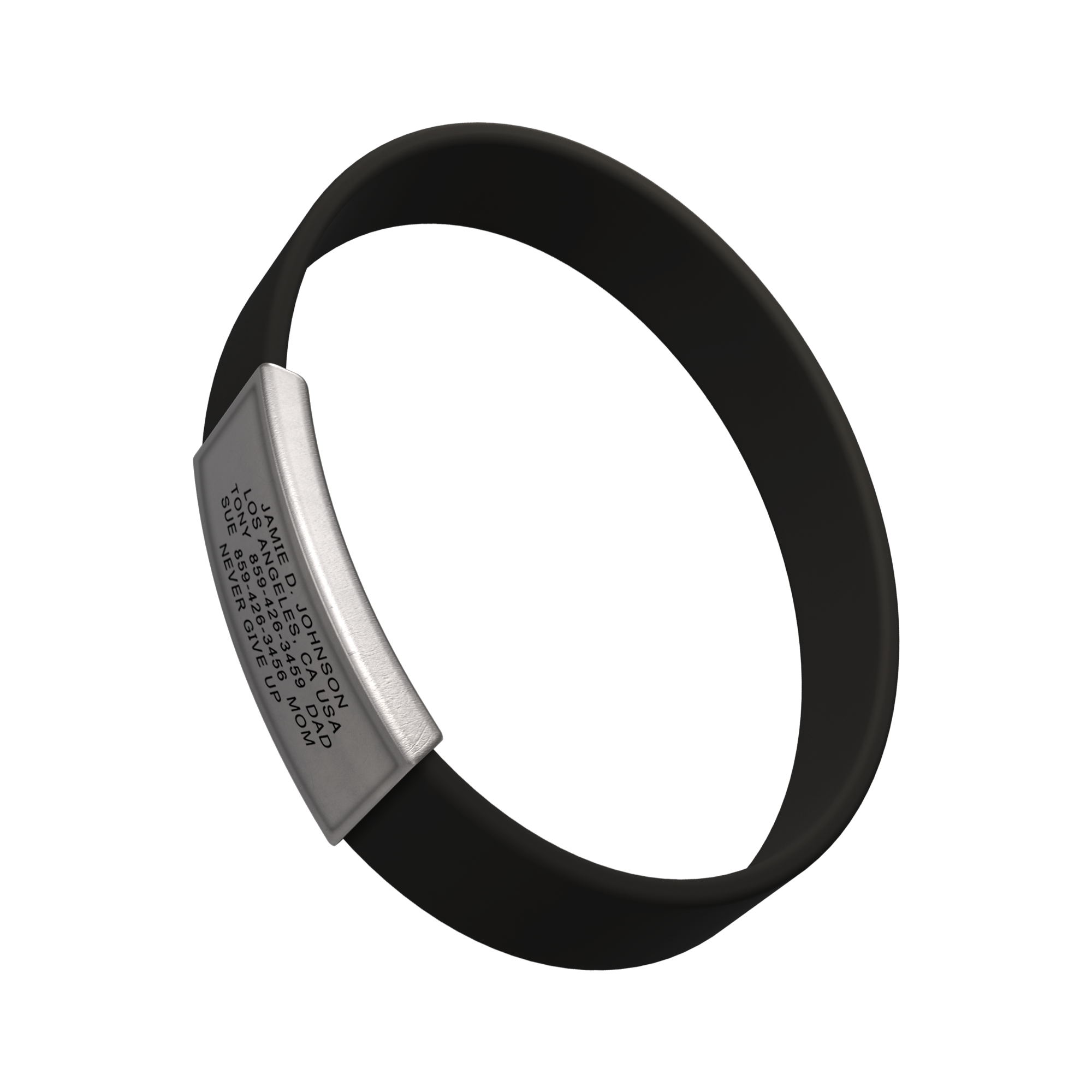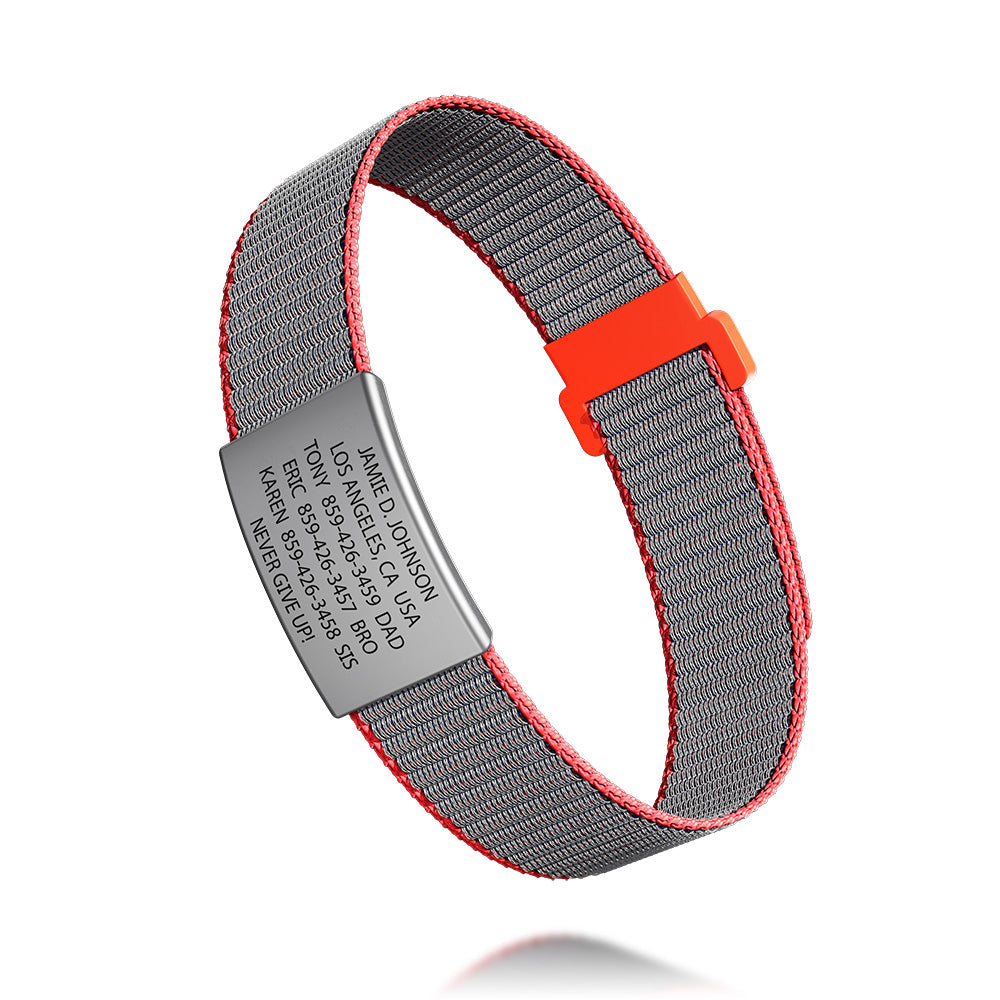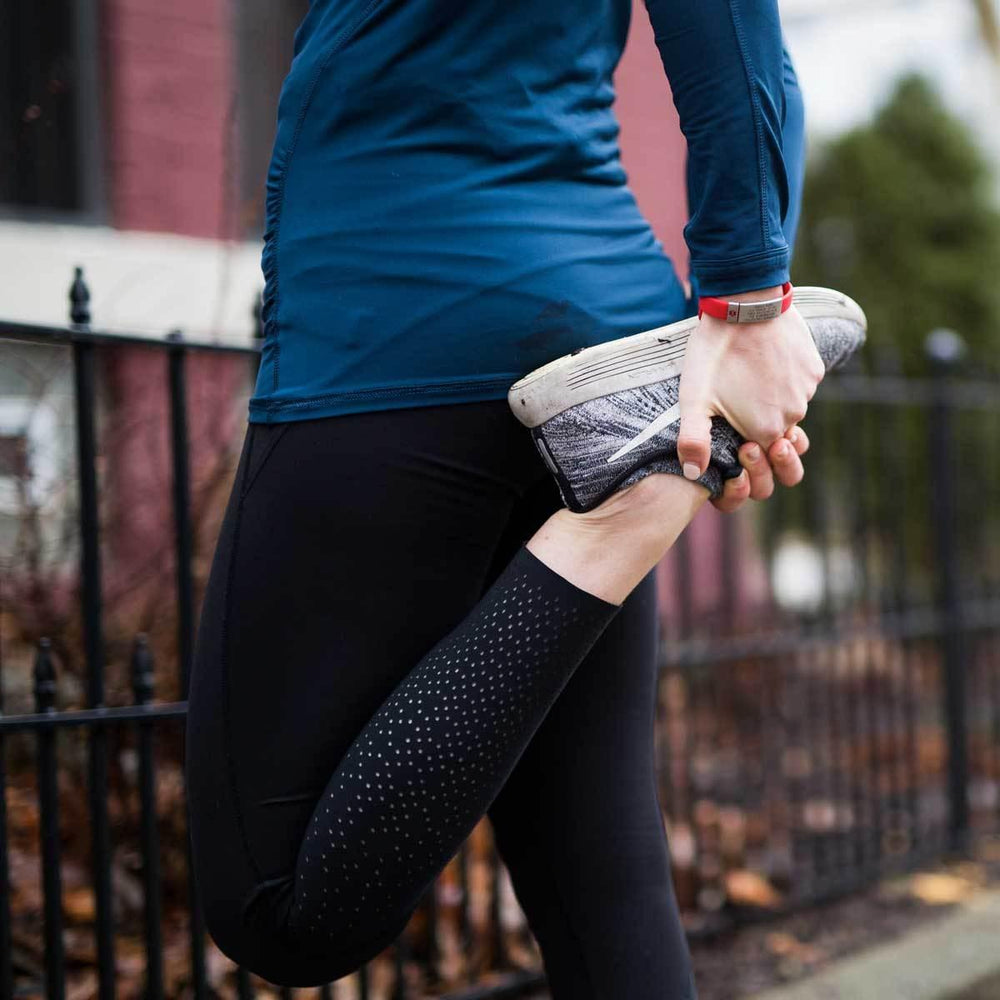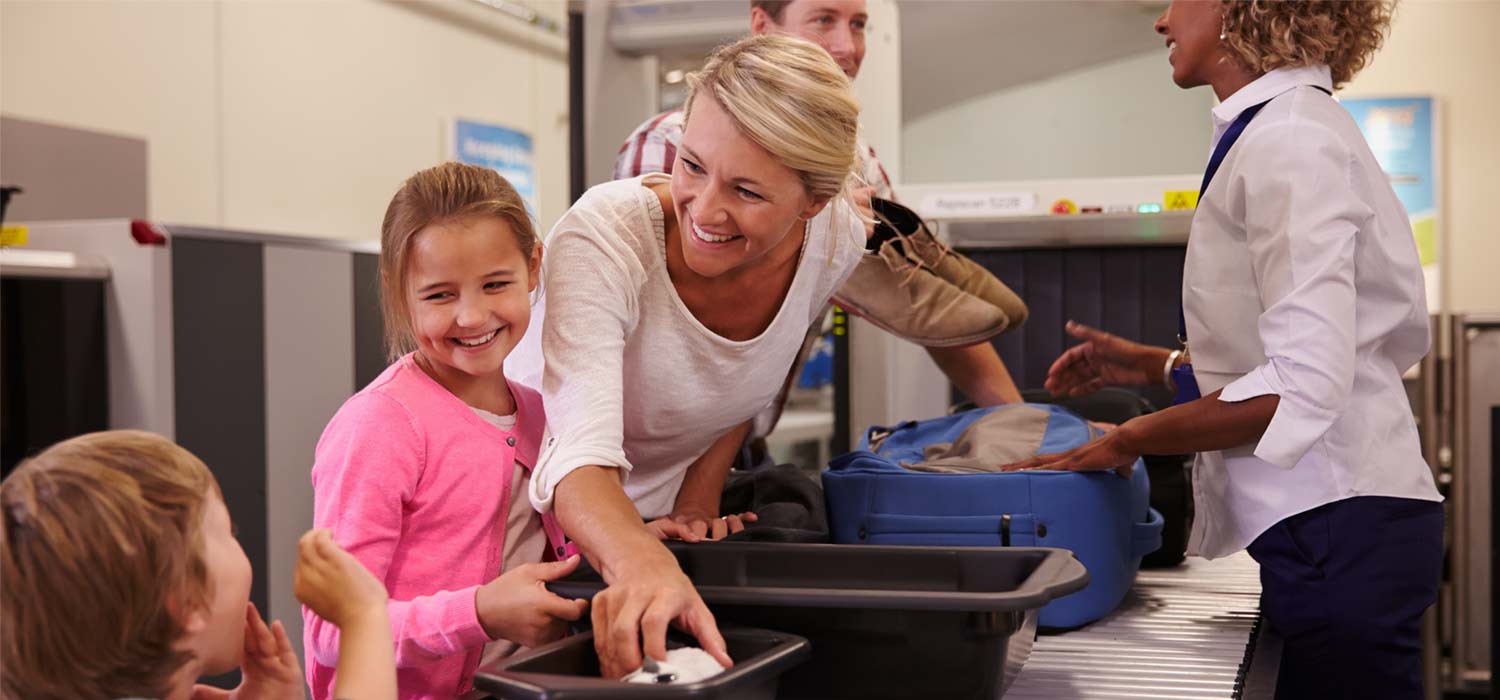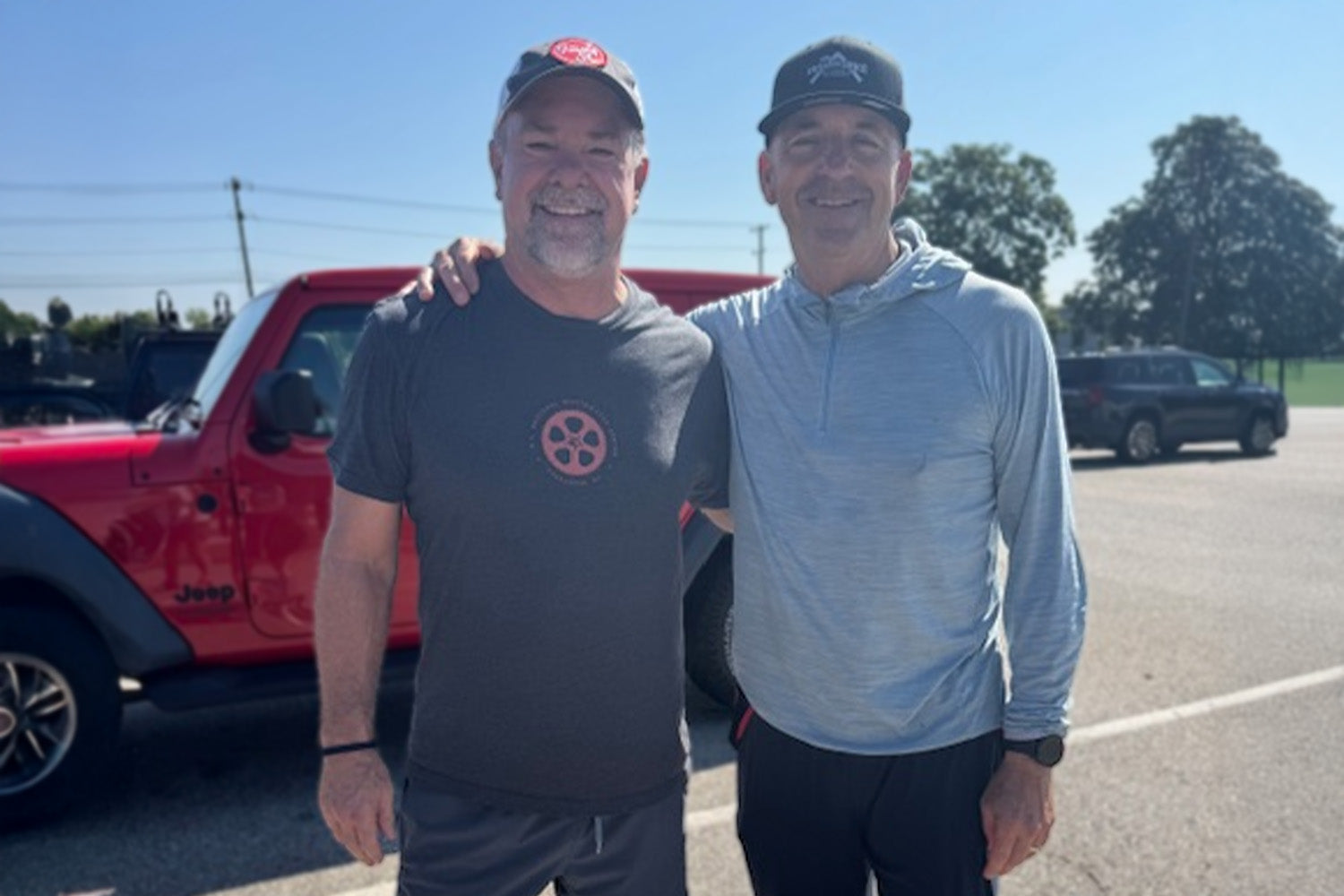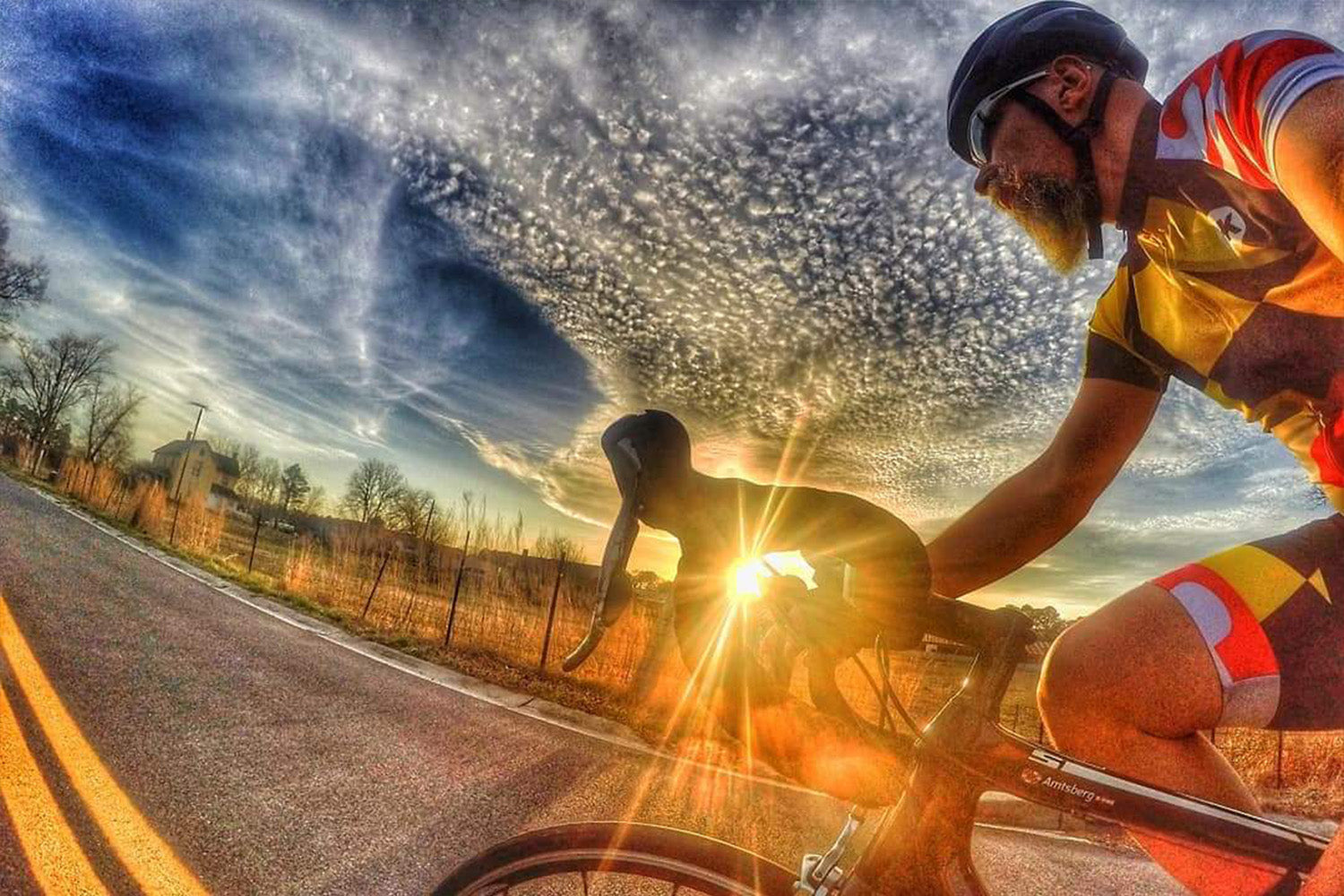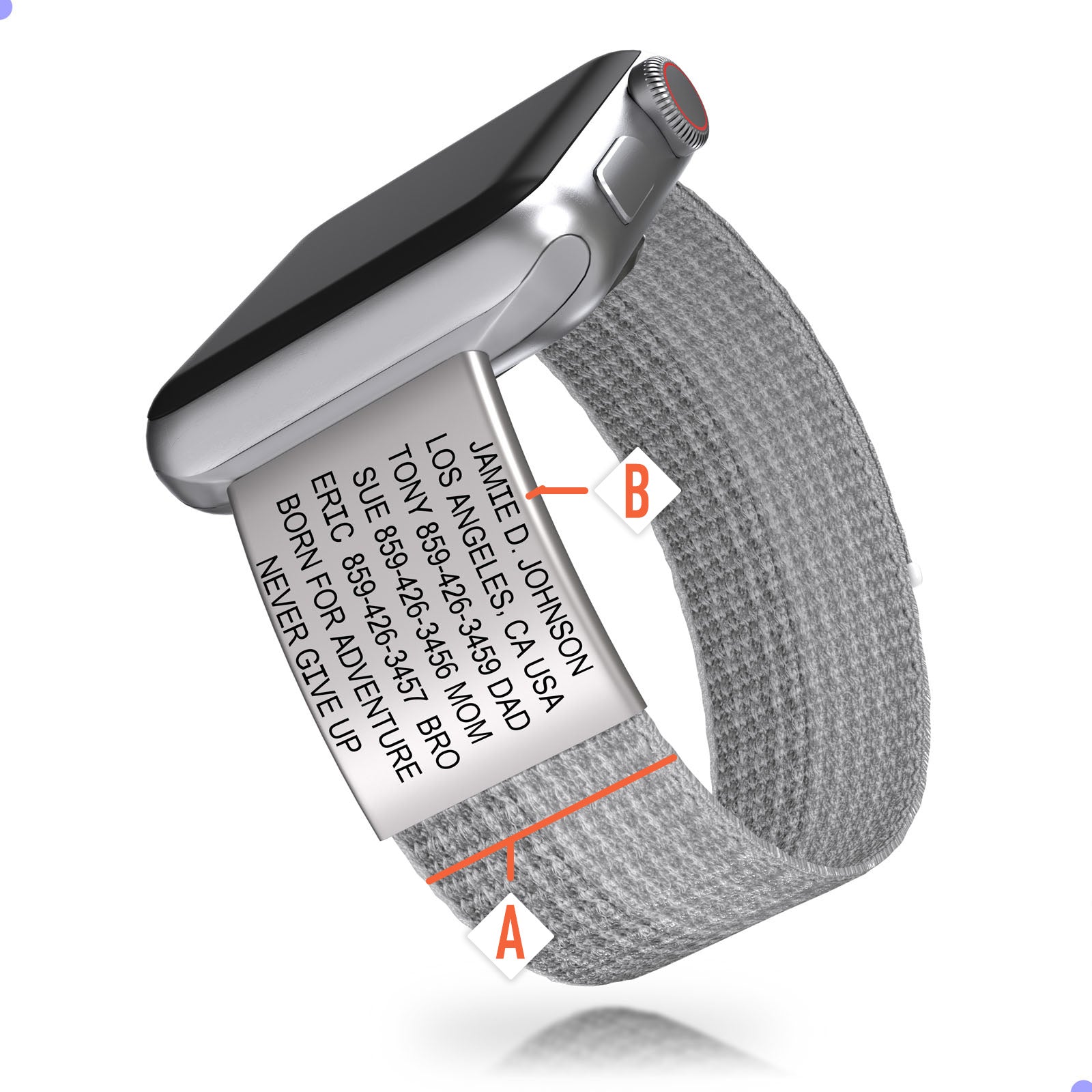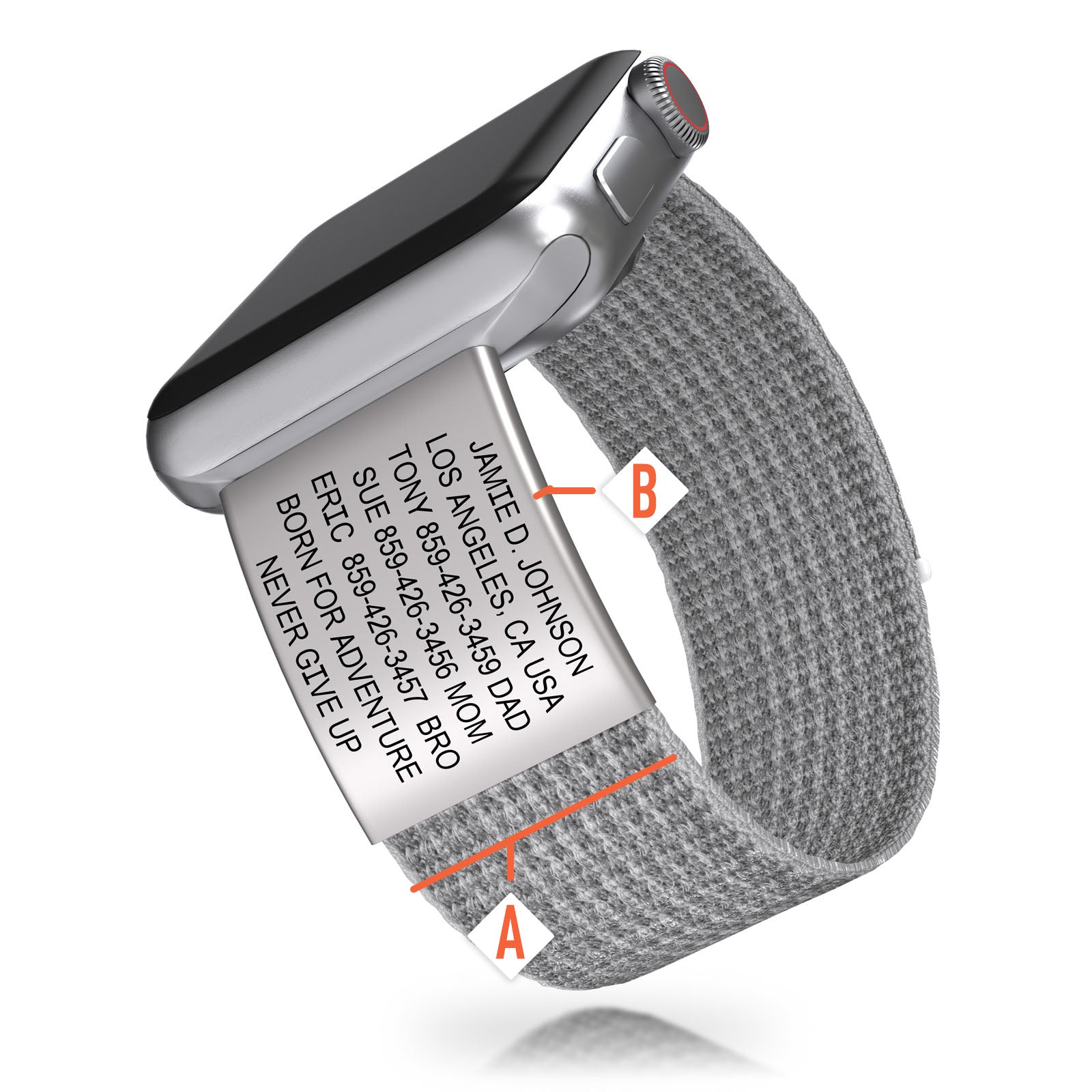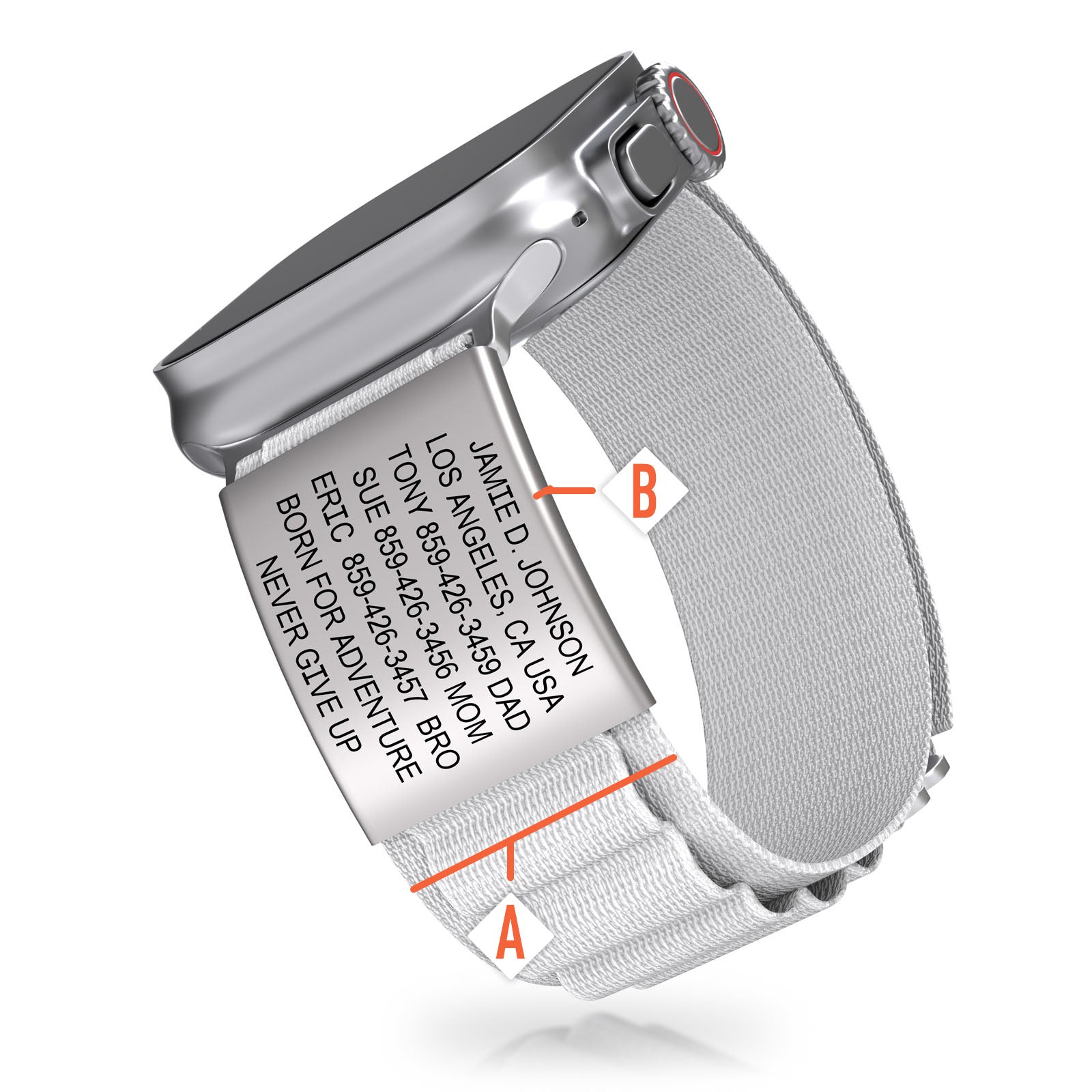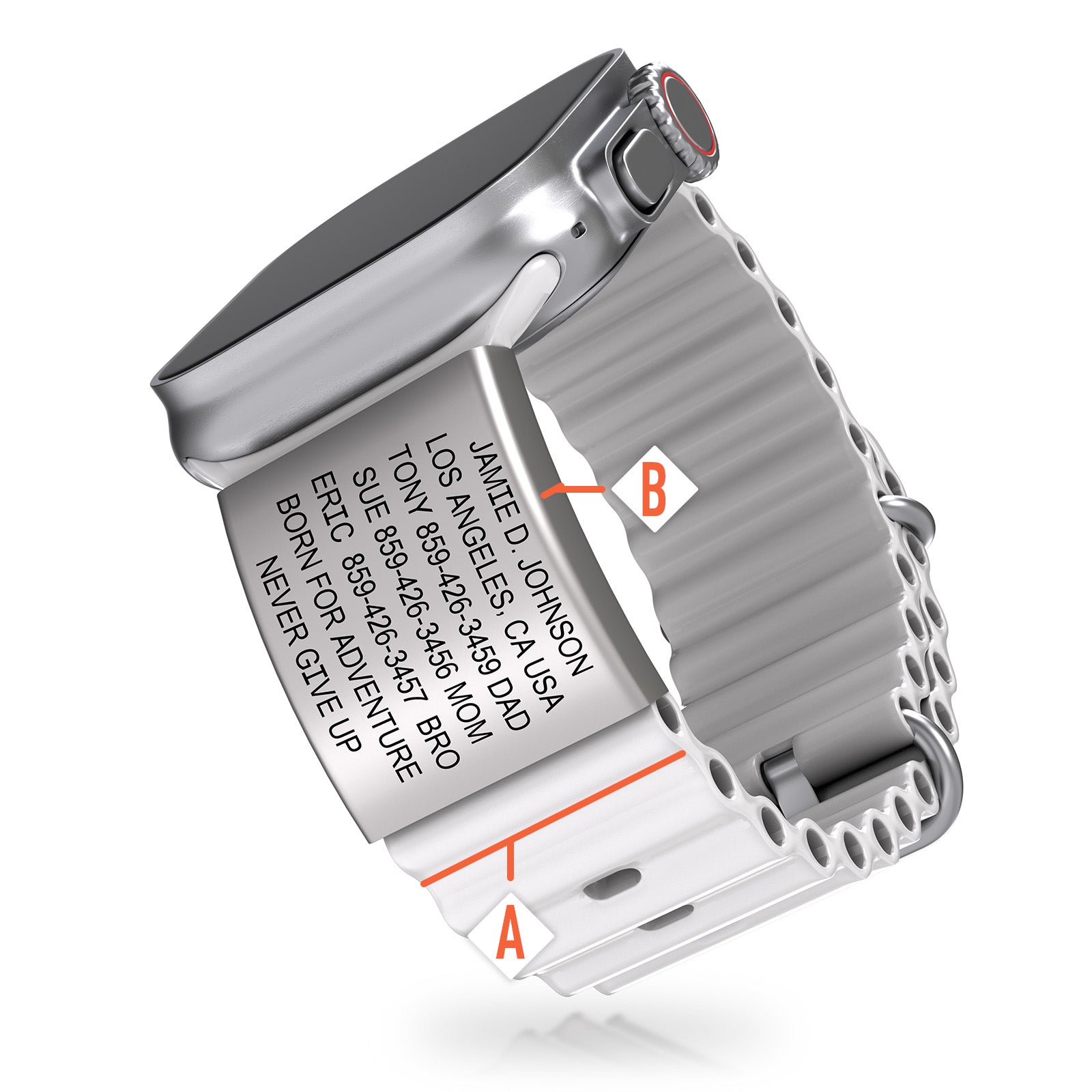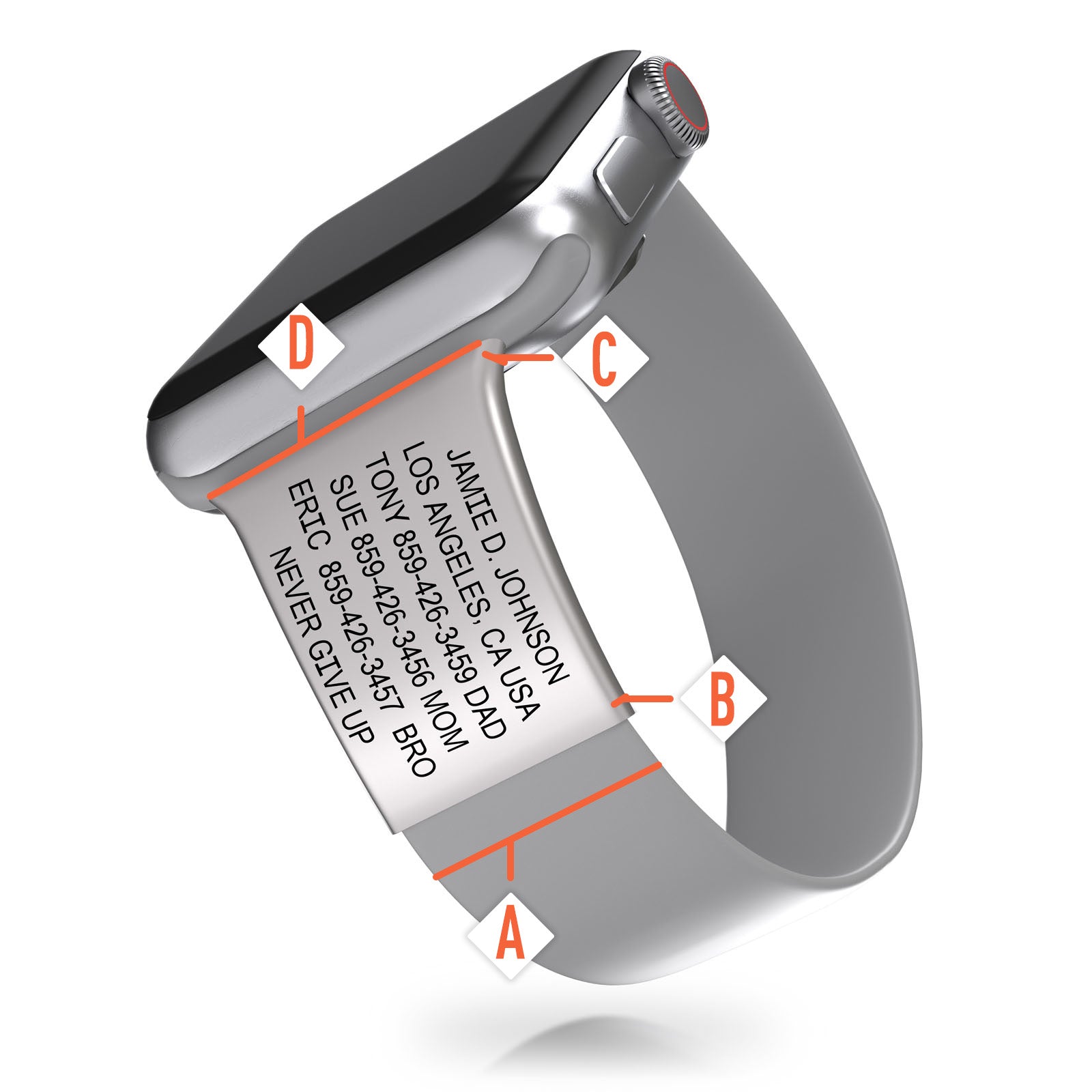Whether you're a seasoned cycling specialist, a noob to the cycling scene, or a parent trying to get the kids out of the house, it’s important to intelligently pursue your two-wheeled adventures. So, we’ve put together a list of tips and tricks to make your Bike Month a bit better...and safer.
First Things First: Dress to Impress
- Say heck yeah to a helmet. It’s no longer the 1980s...and nobody is too cool to wear a helmet. This important cranial cover can protect you in a simple fall or a major wipeout. Trust us, we hear stories from crash survivors all the time. The first thing they credit with a positive outcome is their helmet. With this said, you don’t necessarily need to break the bank as all helmets must meet CPSC standards.
- Know your dome dimensions. It’s one thing to have a helmet, but it’s a completely different thing to make sure that helmet fits correctly. Make sure it isn’t too tight but does fit snug enough that it won’t slip off. You’ll also need to adjust the straps around the helmet--probably more than once--to keep that brilliant brain of yours safe and sound.
- Suit up! Serious road cyclists will tend to wear matching kits of skin-tight jerseys, padded bib shorts, and gloves. But, you don’t have to look like a pro cyclist to have fun on a bike. Look for activewear that has a comfortable fit and is made of breathable fabric. If you plan to ride in the evening hours, be sure to wear high visibility and reflective gear. If you plan on spending more than an hour in the saddle, do your bum a favor and buy some cycling-specific shorts with a padded “chamois.”
- If the shoes fit. There are multiple options when it comes to cycling shoes. Selecting the right footwear depends on what type of riding you’re doing.
- Road cycling shoes - There is a wide array of road cycling shoes. Most tend to have super-stiff soles and a footbed that allows you to attach a cleat. The cleat connects to the pedal for a more secure shoe-to-pedal connection.
- Mountain bike shoes - Like road shoes, there are a wide variety of MTB shoes. The soles are typically more flexible than road shoes and are designed with tread to help safely navigate trails when you’re off the bike. If you’re riding more seriously, your MTB shoes will have cleats for clipless pedals. Non-cleat shoes may have grippy bottoms that help keep your feet on flat pedals.
- Casual bike shoes - If your pedal turns are more leisurely, then casual bike shoes are the way to go. These may have some features of other bike shoes like retractable cleats and stiffer soles.
- If you’re just spending time with the kiddos or going for a leisurely ride, a good pair of sneakers will do the trick.
- Nobody is above the law. And by law, we’re referring to the laws of the road in YOUR community. In most jurisdictions, cyclists must follow the same rules as motorists. This usually applies to yielding to pedestrians and staying off sidewalks. When in doubt, check your local laws and/or ask someone at your local bike shop.
- Get in line. Cycling with another person or group? Make sure you ride with (not against) the flow of traffic and always try to ride single file to be respectful of the motorists that you share the road with. If there’s a bike lane, stay in it. Sharing the road is a two-way street - we’ve gotta work together.
- Look to the left, now look to the right. Three hops this time. There actually aren’t any hops involved in this one, but always be aware of your surroundings and look left and right before entering into any traffic.
- Watch OUT! There’s more than just traffic to look out for. Keep an eye out for parked cars, opening car doors, trailers lugging cargo, flying squirrels, etc.
- Hand signals are cool. When you’re navigating streets, be a cool kid and use hand signals to let others around you know if you’re turning, merging into a lane, or anything else that may affect them.
- Shine on. Don’t blend in when you’re born to stand out. If you’re going to be out in the darker hours of the day, make sure you can be seen by wearing reflective clothing and by attaching headlights and rear lights to your bike.
- A bike. Don’t forget it. It’s pretty essential for any bike ride.
- A helmet. Duh.
- A water bottle and bottle cage. Get a quality bottle that can keep your drink cold during a long ride and a bottle cage that correctly fits your bottle and bike.
- Padded shorts. This is a personal preference, but comfort is key and can make or break your ride.
- A spare pump. Avoid getting stuck on the side of the road with a flat tire. Make sure you take a pump or CO2 cartridge on your adventure - check your local bike shop for the best options.
- Also, a spare inner tube. A pump's partner in crime. And no, we aren’t talking about the kind of tube you use in the pool. You can easily slip this bad boy into a jersey pocket, backpack, or small bike storage compartment.
- A jersey. While your college T-shirt may be working just fine during casual rides, it may be a good idea to consider investing in a jersey for the summer. These are made of lightweight material that keeps you cool in the summer and dries faster when you break that sweat.
- Remember your ROAD iD. Seriously, don’t leave home without it! It can be your lifeline in an unexpected emergency.
